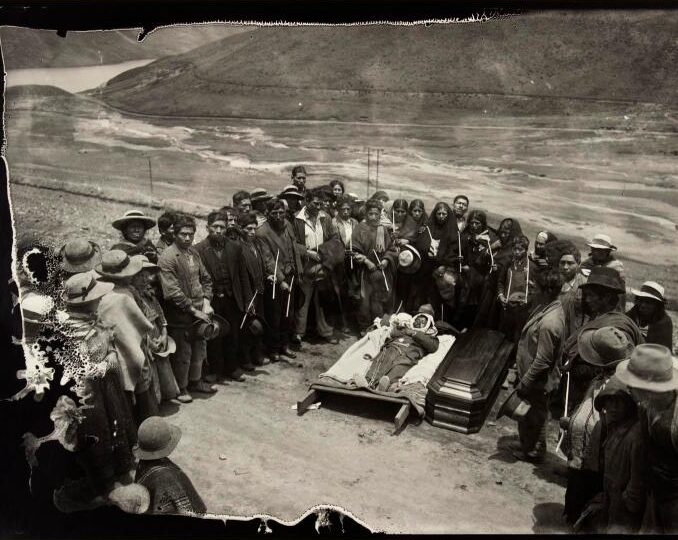Book Manuscript
Veins of Conflict: Bodies and the Environment in Peru’s Copper Circuit

My book manuscript studies different kinds of environmental conflicts connected to the rise of industrial copper mining in Peru’s Central Highlands. In the early twentieth century, as the rest of the world demanded massive amounts of copper for electrification, various actors in Peru — foreign and domestic capitalists, mine-owners, workers, state officials, and local Indigenous communities — negotiated and battled over the use and control of the local environment. By focusing on different kinds of bodies (the bodies of workers, the Indigenous body, bodies of water, animal bodies, and different kinds of imagined bodies), I argue that corporeal politics shaped conflicts over labor, race, and the environment in this period.
Selected Articles
Peruvian Capitalists and the Politics of Infrastructure

My article (forthcoming) in Hispanic American Historical Review examines struggles over a water drainage tunnel as a window into the politics of mining, infrastructure, and national development in early twentieth-century Peru. It argues that the Peruvian mining elite operated as an organized network of entrepreneurs, mobilizing capital, environmental technology, and the power of the state to challenge the rising hegemony of American interests in Peru’s copper corridor. Unlike the classic literature on nineteenth-century mining in Peru, which has presented Peruvian mine owners as a struggling bourgeoisie, this study focuses on this group’s innovations and dynamism in the wake of the copper bonanza. It also studies its discursive strategies, which appealed to preexisting skepticism of free trade and anxieties about foreign influence. Altogether, this paper contributes to the literature on U.S. imperialism and capitalist penetration by centering local actors and studying U.S. hegemony as a contentious and contingent process.nt.
Historical Roadways and Lead Contamination
Our research paper published in Environmental Research uses geo-spatial data collected through archival research to estimate the impact of two potential sources of lead contamination in the past — lead-paint and leaded gasoline. Our close study of the city of Santa Ana (CA) shows that, while contemporary traffic volumes do not correlate with soil-lead concentrations, historical traffic patterns have an important predictive value in mapping high concentrations of environmental lead today. These findings suggest that the current approach used by public health agencies to prevent lead poisoning, primarily focused on lead-paint and consumer products, is overlooking leaded gasoline as a major source of environmental lead. Moreover, our study indicates that legacy soil-lead may be present in many other urban environments that received sustained flows of traffic during the twentieth century.

This publication was the result of a multi-year collaborative project between a team of UCI researchers and activists with Orange County Environmental Justice.
Lead Isotopes
Our recent study, led by Dr. Shahir Masri, incorporates the history of leaded gasoline and lead paint in the analysis of isotopic signatures detected in contemporary soil samples. Understanding where and when lead was mined is a useful tool in evaluating the traces left by polluting industries, such as lead paint companies and gasoline manufacturers. More
Book Reviews
Juan Manuel Rubio. Review of Studnicki-Gizbert, Daviken, The Three Deaths of Cerro de San Pedro: Four Centuries of Extractivism in a Small Mexican Mining Town. H-Environment, H-Net Reviews. August, 2023. Read